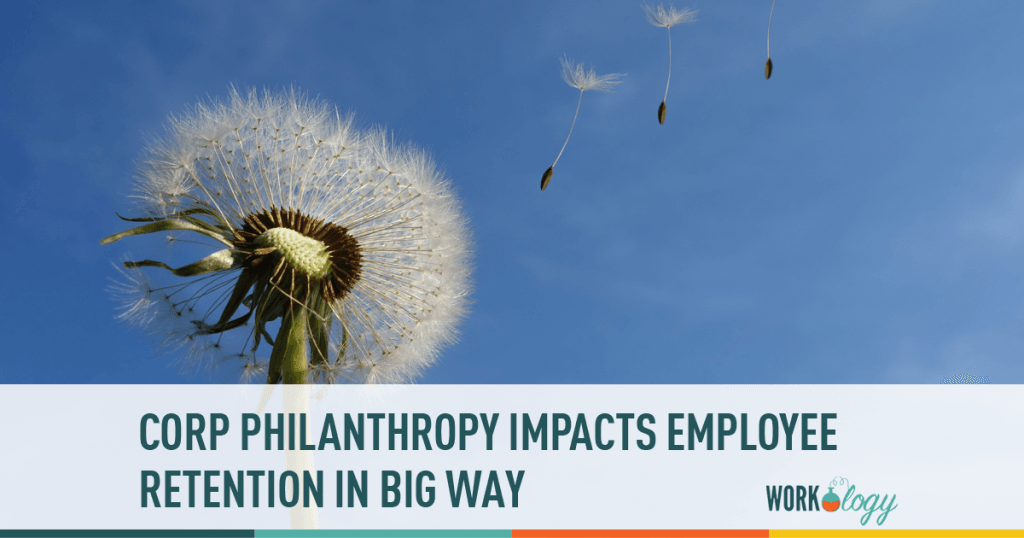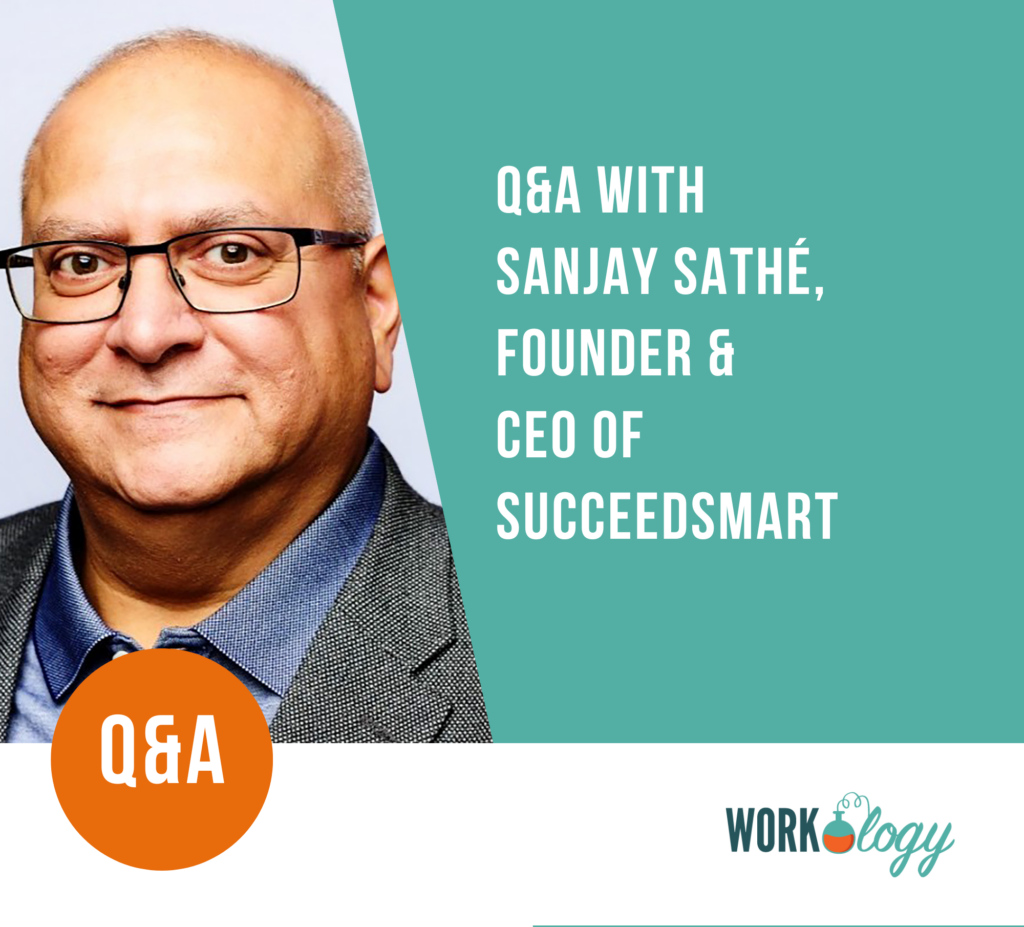This article is part of a series on the strategic impact corporate social good and social responsibility has on employers. Click here to see the first series installment.
Often times we think that corporate philanthropy exists simply for investing in social capital, local community programs or charities. It’s a way to position oneself in the market in addition to the benefits they offer charities or communities. As I mentioned in my previous piece, corporate philanthropy and social good programs offer an opportunity to reach and engage different communities including job seekers and employees.
Corporate Philanthropy Impacts Employee Retention in Big Way
Corporate philanthropy programs should above all align with the larger goals, mission, values and vision of the organization but should involve employees. These programs should be accessible and allow employees and those involved to be invested personally and feel as though they are making a difference in the work they do specifically. The real opportunities they present are employee engagement and more importantly employee retention. Corporate philanthropy programs are often better because than other retention programs because they provide employees a direct path to making a difference, increasing those positive endorphins that elicit the warm fuzzies now associated with your company. Employees want to feel like their work and contributions mean something and are valued. This sounds just like what a successful corporate philanthropy program that is focused on employee retention should be.
[bctt tweet=”Bank of America employees volunteered 2 million hours to 27,000 charities in 2015″ via=”no”]
For example, in 2015, nearly 60,000 employees volunteered two million hours at Bank of America. Their work in corporate volunteer program supported27,000 different nonprofit organizations in 32 different countries, according to CECP’s 2016 Giving in Numbers report. Their involvement in local communities across the world was substantial and impressive. I’m certain some happy and engaged employees felt valued and proud of their contributions to the community as well as working for Bank of America.
7 Types of Corporate Philanthropy
Corporate philanthropy programs aren’t always like Bank of America’s. They come in many different shapes and sizes. Corporate philanthropy is defined as the act of a corporation or business promoting the welfare of others, generally via charitable donations of funds or time. Companies participate in these programs in a number of different ways:
Employee Gift Matching Programs – Companies match employee donations and contributions to non-profits often up to a certain threshold annually.
Fundraising Matching Programs – Similar to employee gift matching, companies match fundraising of employee groups and individuals to a specific charity.
Automatic Payroll Deductions – Employees can opt to have their donations taken directly from their paychecks at levels and intervals that align with their budgets.
Internal Employee Campaigns – These types of programs vary and can be corporate driven or by specific employee groups and locations. Examples include a memorial golf tournament to remember a lost co-worker, participating in the Movember campaign as a team or a location making a difference with an employee backpack for kids campaign.
Volunteer Programs – Companies offer paid time off or unpaid time off to volunteer at charities and non-profits the company of individual identifies with. Companies might offer to donate to the charity in the form of a grant program based on the number of hours an employee donates to the charity. This includes corporate support of employees who serve on charity and non-profit boards.
Community and Volunteer Grants – Companies will provide grants and monies for charities. These companies set the specific requirements and parameters. These may be in the form of annual corporate stipends or grants or are monies that specific locations or departments are allowed to determine where and when they are distributed generally in smaller amounts and intervals.
Annual Giving Programs – These are generally on a large corporate level where organizations choose to donate a lump sum or percentage of sales to a certain charity or foundation. Often times this foundation is an organization they have established to work with their company.
How to Tie Employee Retention to Your Social Good Efforts
The bigger challenge is that we need to find a way to tie your social good and philanthropy efforts directly to employee engagement levels and turnover metrics within your organization. An easy way for Bank of America and other companies to do this is to pull turnover data from locations and positions that had the highest levels of volunteers and begin to see if an increase in engagement and likely a decrease in turnover exists. Maybe sales or client retention numbers are stronger in locations where more community volunteer hours are spent. Often we are so focused on other new and shiny employee retention strategies and technologies that we forget to look at the most obvious. That means starting with your existing data, reports and HR metrics. I’d venture to guess that corporate philanthropy isn’t the only reason for decreased turnover, but it’s a start and relatively easy if you are using your payroll or other volunteer reporting technology to record employees’ time spent volunteering.
As HR and corporate leaders, we need to look at the data and information differently especially when it comes to programs that are hard to define and quantify. Aside from turnover and HR metrics data and measuring engagement levels through employee surveys, exit interviews, and employee focus group meetings, there is great value in employee points of views, experiences and stories. Take time to talk to the employees who are the most enthusiastic and also the biggest cheerleaders of your corporate philanthropy programs. Find out the story behind their enthusiasm, their involvement and share their stories with senior leadership. While numbers, charts and graphs are important, it’s the personal storytelling that helps tie your efforts to employee retention. You can use those stories to help explain and further support the fuzzy side of corporate philanthropy programs by tugging on the heartstrings of your own executive team.
This article is part of a series on the strategic impact corporate social good and social responsibility has on employers. Click here to see the first series installment.









